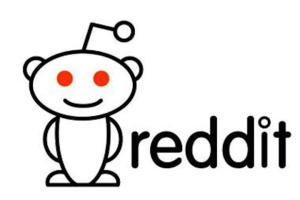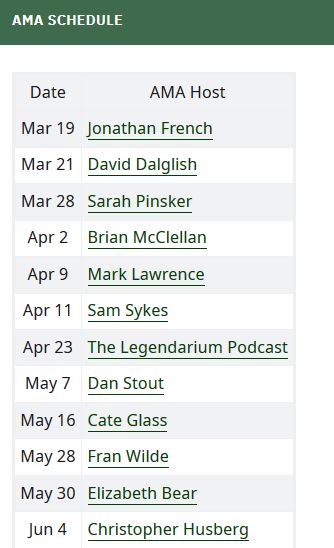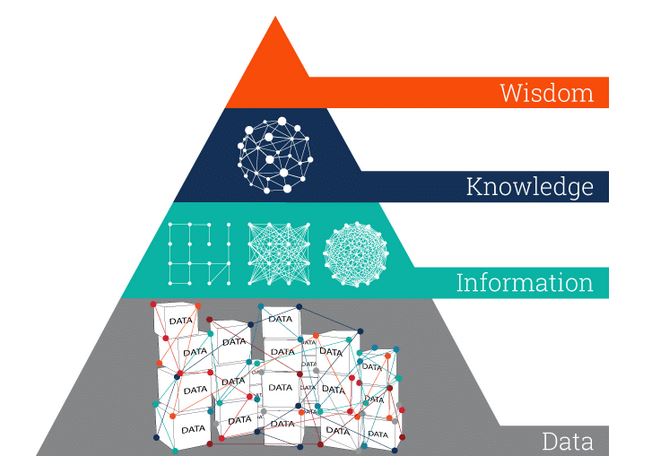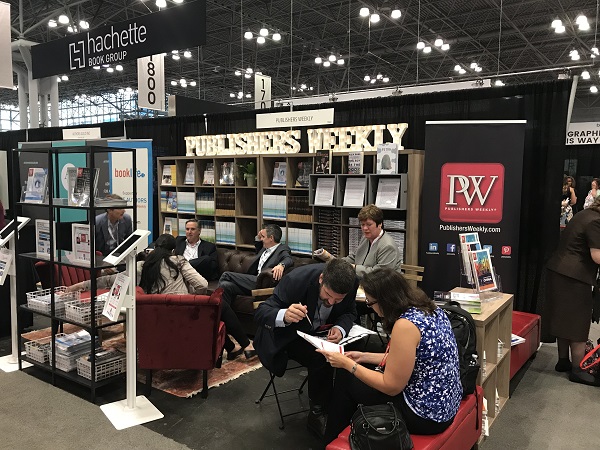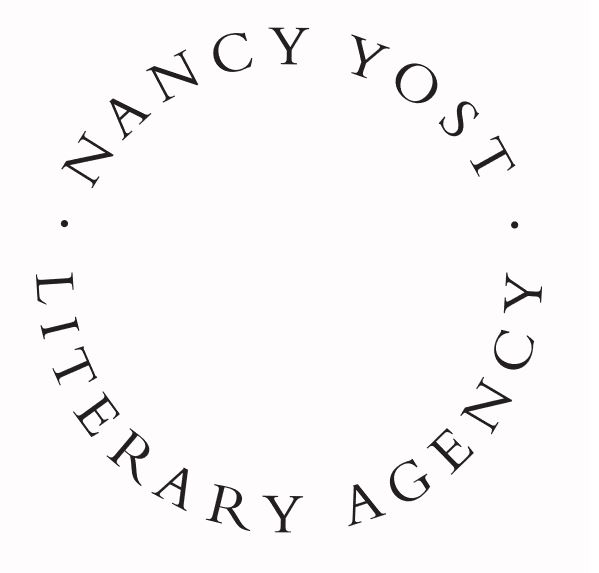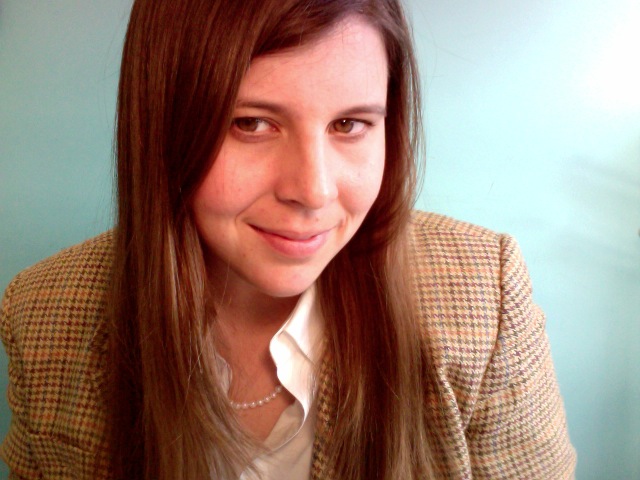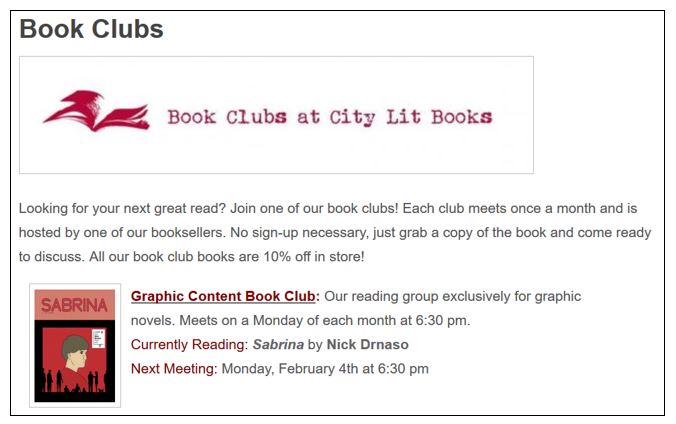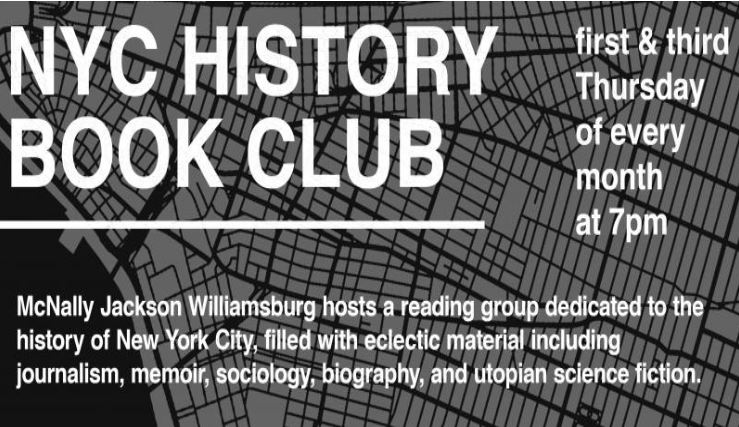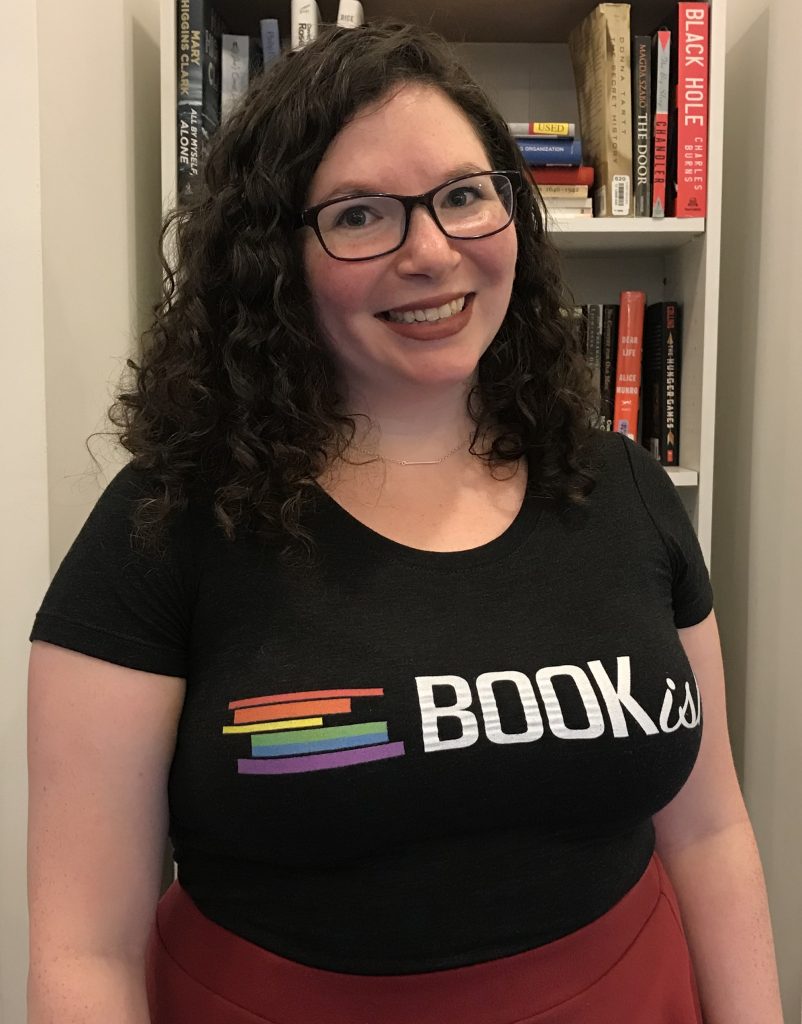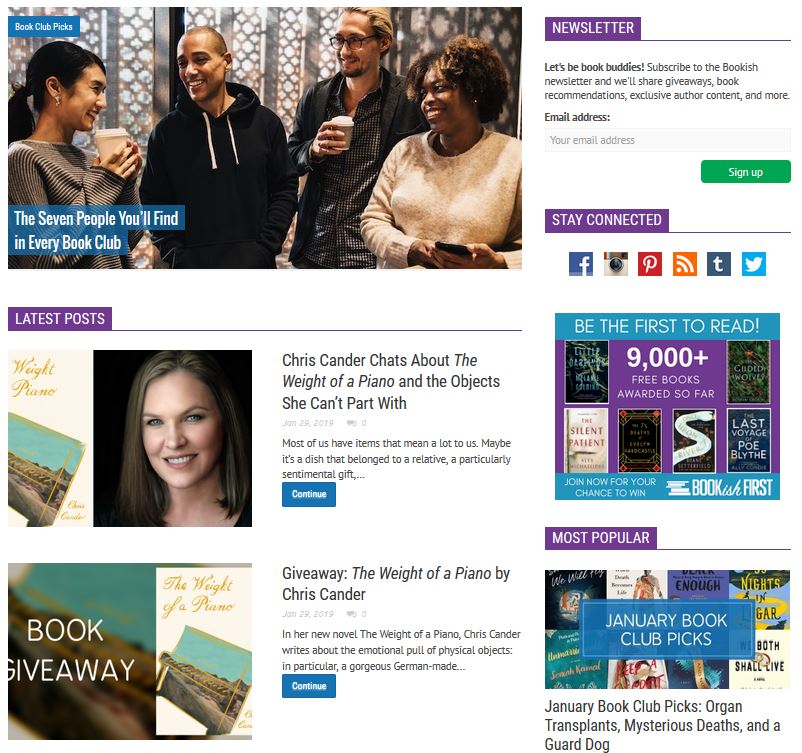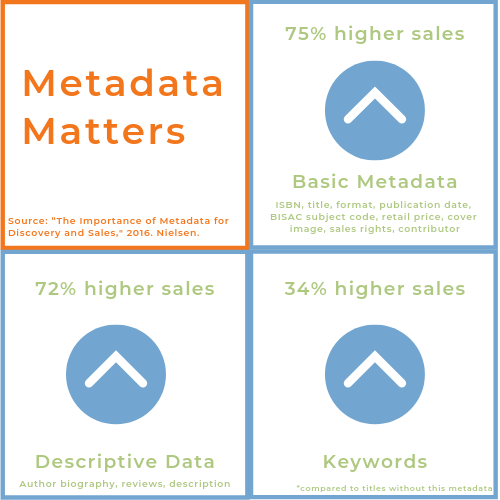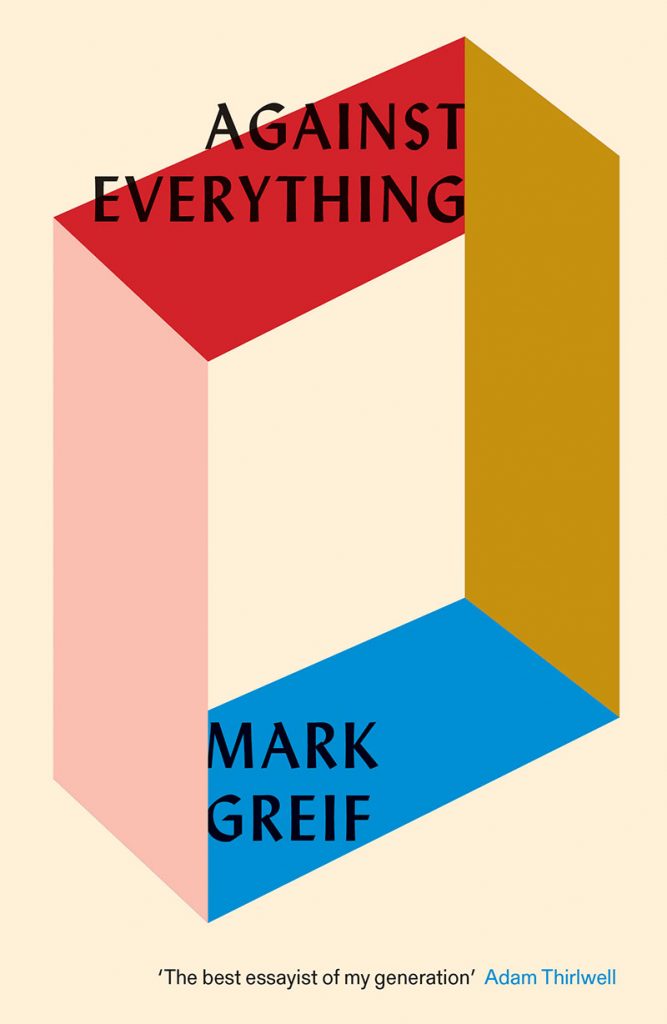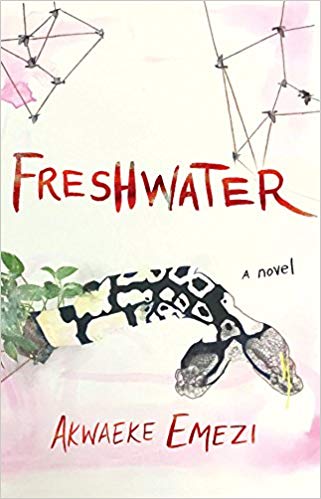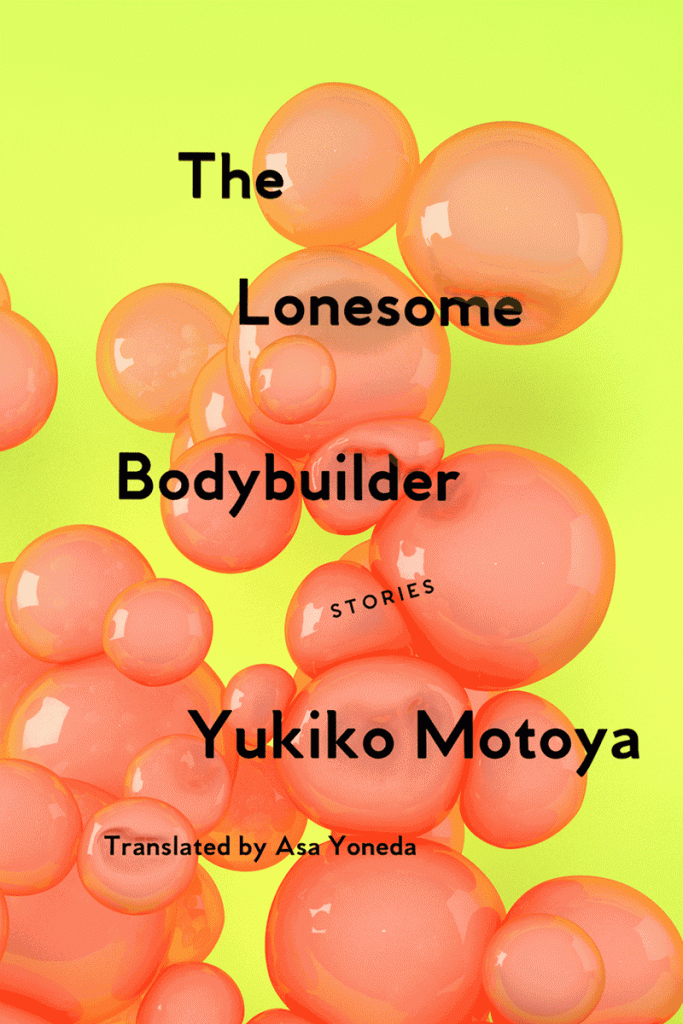Tips and success stories from NetGalley’s marketing experts
Every day, NetGalley’s marketing team works with publishers and authors to help put their books directly in front of the NetGalley members who are most likely to read, review, and advocate for them. Through years of collaborating closely with clients of all types (from the “Big 5” houses to self-published authors, and publishers of all kinds of books–bestselling fiction to nonfiction and academic, religious, graphic novels, children’s and YA, cookbooks, and beyond) our marketing team has seen first-hand which strategies have worked to engage different kinds of readers.
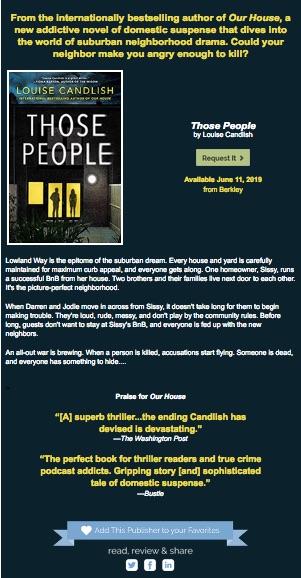
Dedicated eBlasts are extraordinarily successful and NetGalley’s most popular promotion. Clients see outstanding results with a custom, highly targeted email campaign to meet their goals. The success of any email can be measured by both the Open Rate and the Click Through Rate (CTR). The Open Rate is determined by how many people open the email, and the CTR is determined by how many people click on a link within the email–for example to Request, Read Now, or Wish.
Today’s Proven Strategies post will focus on the first step to a successful eBlast: A strategic subject line. Remember that the subject line is your chance at a strong first impression, and it will determine whether the recipient will either open the email to find out more, or ignore it (or worse, mark it as spam). Here are some crucial tips:
- Think about the recipient: Why are they receiving this email? Think about what your recipient is looking for, and use that to guide your messaging to ensure it resonates. Does it give them what they want?
- Be clear and concise: The subject line should be 10 words or 50 characters max. This helps ensure that the subject line won’t get accidentally cut off on specific browsers or mobile devices.
- Stand out: Inboxes are cluttered! Be sure your subject line catches a reader’s eye with an emoji or first name personalization.
- If you can’t decide, test: Torn between two subject lines and unsure which will perform better? Run an A/B Test on a small percentage of the overall recipient list to see which subject line yields a higher open rate, and then use that as your subject line for the rest of the recipients.
- Target strategically: Make sure the email is being sent to the right people. NetGalley can target specific member types, preferred categories and genres, comp titles and authors, and more. Our marketing team can help you determine which of our members will be the best fit for your book, your goal, and your budget.
Now, let’s see some of these tips in action with some recent successful subject lines. According to Mailchimp, a marketing email from a media or publishing company will have an average open rate of 21.92% (which is slightly higher than what Mailchimp sees as an overall average of 20.81%). Keep that baseline in mind as we look at these examples:

This custom eBlast for Berkley’s Those People had an open rate of 51%! The knife emoji adds drama and flair to an inbox, and the question is engaging. This concise subject line also immediately gives the reader a clear idea of what kind of book this is. This eBlast was targeted to a highly engaged, genre-specific recipient list who had already interacted with the author’s previous book.

This subject line for NetGalley’s Spring Young Adult Newsletter used a bit of reverse-psychology as a result of an A/B test. Our marketing team first tested this subject line against “YA books to add to your TBR right NOW” and found the “DO NOT OPEN” subject performed better in the test. It’s no surprise–it was attention-grabbing with that emoji, too! This newsletter ended up with a 46% open rate, and was sent to a highly engaged list of members who had previously interacted with similar emails.

This concise, compelling, and slightly mysterious subject line for I Am Yours from Amberjack resulted in a whopping 55% open rate! It responds to a recipient’s desire to connect in a meaningful way with a compelling new voice. The custom targeting for this eblast reached fans of comp titles, and readers who had interacted with promotions in the same genre.
Bonus Tip: Consider using a preheader, which is the preview text that follows the subject line in the inbox display. This can be just as important as the subject line! Make the preheader a call to action or use it as a short summary of the email content (we recommend a 35-50 character limit).
Have questions or need advice? Ask NetGalley’s marketing team – marketing@netgalley.com! We’re here to help, and want to help your book succeed. And, stay tuned for more best practices and success stories in our next Proven Strategies post.


